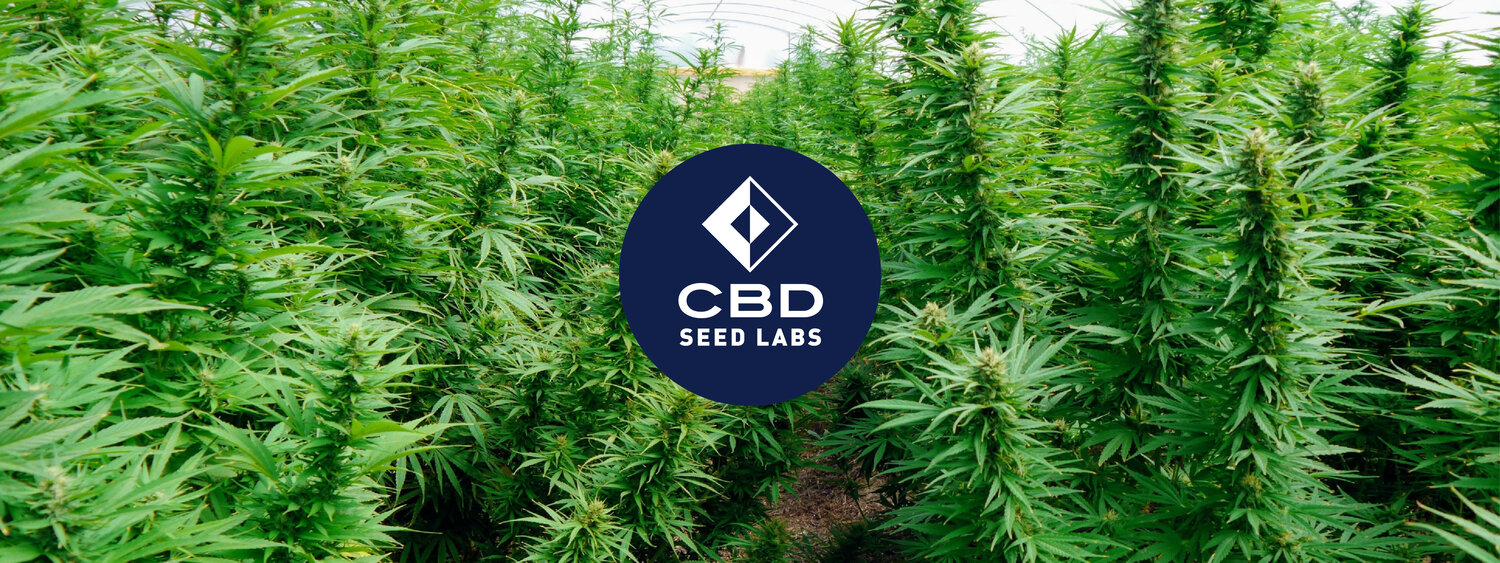Grow Hemp in Maryland
1) What is the purpose of Maryland’s Hemp Program?
To register industrial hemp growing sites and facilitate the research of industrial hemp in any aspect of growing, cultivating, harvesting, processing, manufacturing, transporting, marketing, or selling industrial hemp for agricultural, industrial, or commercial purposes.
As of Nov. 1, 2020, the Maryland Department of Agriculture adopted new regulations that expand the state’s industrial hemp program. The regulations bring the state’s program into compliance with provisions of the 2018 U.S. Farm Bill and establish industrial hemp as an agricultural commodity.
2) How can I apply to grow hemp in Maryland?
Growers will need to apply to the Maryland Department of Agriculture (MDA) to register the site where they plan to grow hemp. Those interested in the Maryland Hemp Research Pilot Program can apply by filling out a PDF application on the program’s website and mailing the completed application and supporting documents to MDA headquarters. To apply for the Maryland Hemp Farming Program, growers must complete an online application.
3) Will there be fees associated with Maryland’s hemp project?
Yes, MDA will charge $550 per site for the Maryland Hemp Farming Program and $250 a site for the Maryland Hemp Research Pilot Program.
4) How many acres will be approved for each hemp farmer?
At this time there is no limit to the number of growers or acres that may be used in these programs
5) How can a participant obtain industrial hemp seed?
The department will not be involved or participate in any seed orders to be obtained from other states, including ordering, shipping, or approving such seed procurement. Seed sourced from another state shall be the sole responsibility of the person sourcing and/or procuring and shipping the seed and such person shall bear all legal liability and responsibility for such procurement and shipment. (Find the seeds you need to succeed here at CBD Seed Labs)
6) What does industrial hemp need to grow?
Research projects from the past several years have shown that good soil fertility, with adequate nitrogen, proper planting depth, and pre-plant weed control, is important for a good crop. Growers also need to evaluate available harvesting options because many combines are not designed for use with this crop, which is well known for its strong fiber and stalks.
